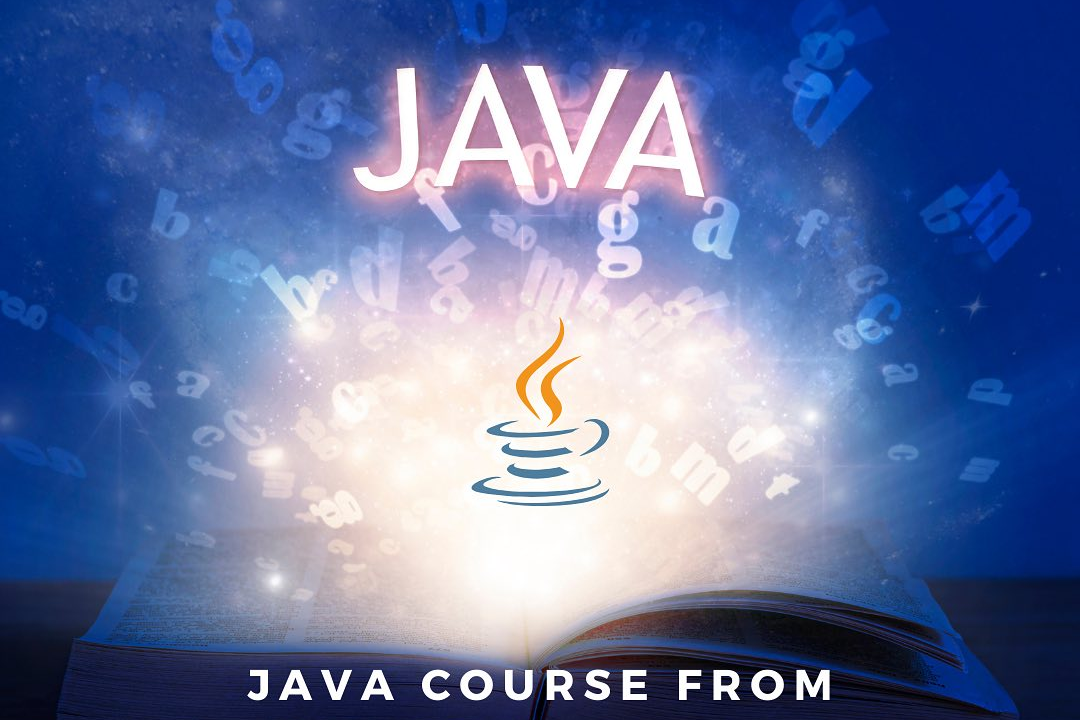Multithreading Java Interview Questions for Experienced 2024
Advanced Java Multithreading Interview Questions 2024
Multithreading Java Interview Questions for Experienced 2024
In 2024, experienced Java candidates might be asked Multithreading-related interview questions to assess their advanced understanding of concurrency concepts and Java multithreading features. Common interview topics may include synchronization methods, thread communication mechanisms like wait() and notify(), concurrent data structures, thread pools, Executors framework, and new features introduced in recent Java versions like CompletableFuture and Java 8's CompletableFuture API. Candidates may also be tested on their ability to design efficient and scalable multithreaded applications, handle thread synchronization issues, and troubleshoot common threading pitfalls such as deadlocks and race conditions. It is essential for candidates to have a strong grasp of multithreading principles and practical experience in developing high-performance, thread-safe Java applications to excel in interviews and showcase their expertise in Java multithreading.
To Download Our Brochure: https://www.justacademy.co/download-brochure-for-free
Message us for more information: +91 9987184296
1 - Explain the concept of multithreading in Java: Multithreading in Java allows multiple threads to execute concurrently within a single program. Each thread runs independently of the others, allowing for parallel execution of tasks.
2) Discuss the benefits of multithreading: Multithreading can improve program performance by utilizing the available CPU resources efficiently. It can also help in creating more responsive and interactive applications.
3) Explain the difference between process and thread: A process is an independent instance of a running program, while a thread is a subset of a process that can execute independently. Multiple threads can exist within a single process.
4) Describe how to create a thread in Java: Threads in Java can be created by extending the Thread class or implementing the Runnable interface. This allows for the concurrent execution of tasks.
5) Discuss synchronization in multithreading: Synchronization is used to ensure that only one thread can access a shared resource at a time. This prevents data corruption and race conditions in multithreaded programs.
6) Explain deadlock in multithreading: Deadlock occurs when two or more threads are waiting for each other to release resources, leading to a situation where no progress can be made. Proper synchronization and resource management can help prevent deadlock.
7) Discuss thread pooling in Java: Thread pooling is a technique where a group of threads are created and managed together to efficiently execute tasks. This helps in improving performance and resource utilization.
8) Describe the use of the wait and notify methods: The wait and notify methods in Java are used for inter thread communication. Threads can wait for a condition to be satisfied using the wait method and signal other threads using the notify method.
9) Explain the Executor framework in Java: The Executor framework provides a higher level abstraction for managing threads and executing tasks. It allows for easy task submission, execution, and control over thread lifecycle.
10) Discuss the ThreadLocal class in Java: The ThreadLocal class in Java allows for the creation of thread local variables, where each thread has its own copy of the variable. This is useful for maintaining thread specific data.
11) Describe the concept of thread safety: Thread safety refers to the ability of a program to function correctly when multiple threads are accessing shared resources concurrently. Proper synchronization and resource management are key to achieving thread safety.
12) Explain the concept of thread priority: Thread priority in Java is used to determine the importance of a thread's execution relative to other threads. Higher priority threads are scheduled to run before lower priority threads.
13) Discuss the use of synchronized keyword in Java: The synchronized keyword in Java is used to create synchronized blocks or methods, ensuring that only one thread can access the synchronized code at a time. This helps in preventing data corruption in multithreaded programs.
14) Describe the difference between start and run methods in Java threads: The start method in Java threads is used to create a new thread and start its execution, while the run method defines the actual task that the thread will execute. Calling run directly does not create a new thread.
15) Provide hands on exercises and real world examples to students to practice and understand multithreading concepts thoroughly during the training program. This can include creating multithreaded applications, implementing synchronization, handling thread communication, and optimizing performance using thread pooling techniques.
Browse our course links : https://www.justacademy.co/all-courses
To Join our FREE DEMO Session: Click Here
Contact Us for more info:
- Message us on Whatsapp: +91 9987184296
- Email id: info@justacademy.co
CORE JAVA TRICKY INTERVIEW QUESTIONS 2024












